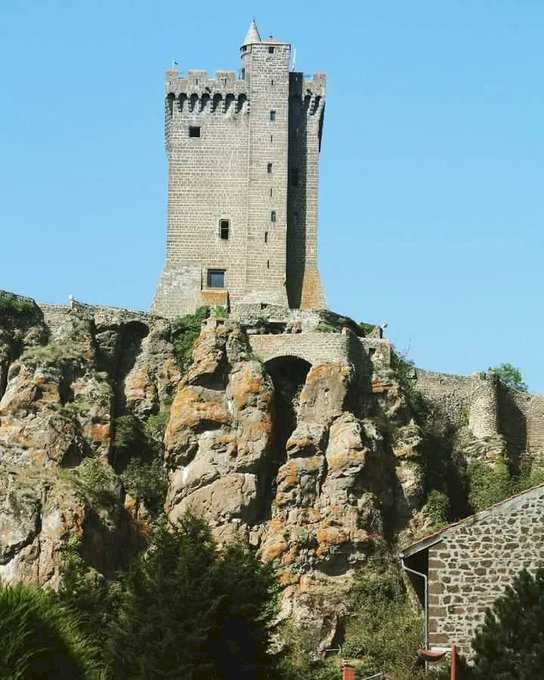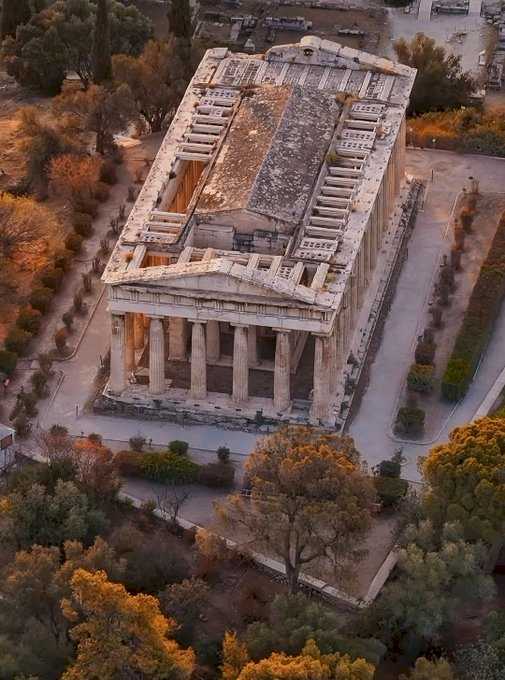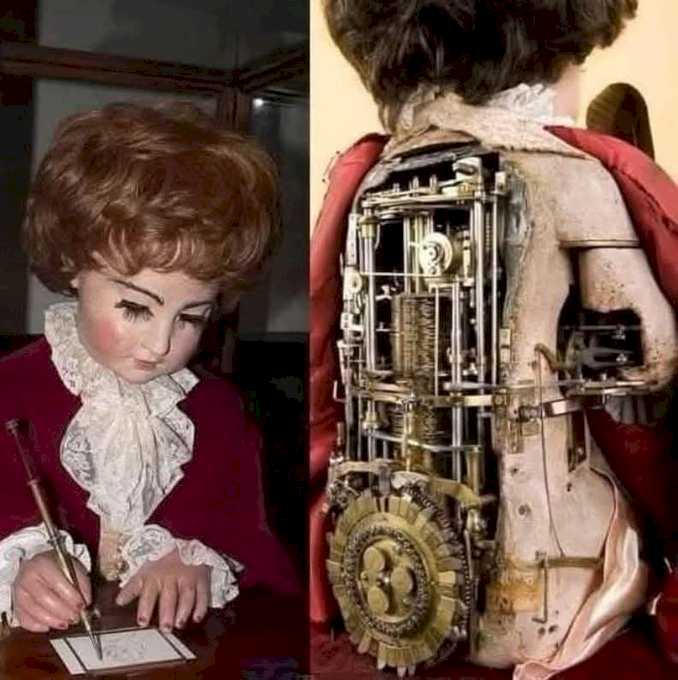

View 417 times
Do even the Gods bow to Abrahamic norms now or something else ?
Jalanetheshvar Temple, Tamil Nadu
C. 800 CE
#Archaeology questions

View 258 times
Temple of Hephaestus, 5th c. BC
Ancient agora of Athens

View 257 times
In 1774 AD, during the reign of Louis XVI, Swiss watchmaker Pierre Jacques Dro unveiled a remarkable engineering feat that would go down in history as the world's first android or programmed automaton. Known as "The Writing Boy," this creation appeared at first glance to be a simple wooden doll with a porcelain head, barefoot, and holding a goose feather. But hidden within this seemingly ordinary toy was a technological marvel, a writing mechanism powered by 6,000 intricate moving parts, making it the first automatic calligrapher.
"The Writing Boy" was a #groundbreaking achievement, as it was capable of writing complex sentences, such as "My inventor is Jacques Dro." The automation was a product of 20 months of meticulous work by Pierre Jacques Dro, and its debut in Paris stunned the court of King Louis XVI. The android's ability to perform such an intricate task showcased the high level of craftsmanship and innovation of the time.
This astonishing creation marked a significant milestone in the history of robotics and engineering. Not only was it the world’s first programmed android, but it also demonstrated the potential of machines to replicate human actions. The Writing Boy paved the way for future advancements in automation, solidifying Pierre Jacques Dro’s legacy as a pioneer in the field of #robotics.

View 258 times
Just a few decades ago, this was the fourth-largest inland sea on Earth, a vast body of water that sustained thriving fishing towns and drew visitors to its coastal resorts. The Aral Sea, once spanning parts of Kazakhstan and Uzbekistan, has now almost entirely vanished, leaving behind an expanse of desert where ships rust in the sand.
For centuries, this sea played a crucial role in regional trade and ecology, but human intervention changed its fate. Massive Soviet irrigation projects diverted its waters for agriculture, causing the sea to shrink at an alarming rate. Today, most of what remains is dry, salty terrain, with only small sections of water surviving due to restoration efforts. The abandoned ships, now stranded miles from any shoreline, serve as eerie reminders of a lost industry and an environmental disaster still

View 262 times










archaeology Histories News on Umojja.com